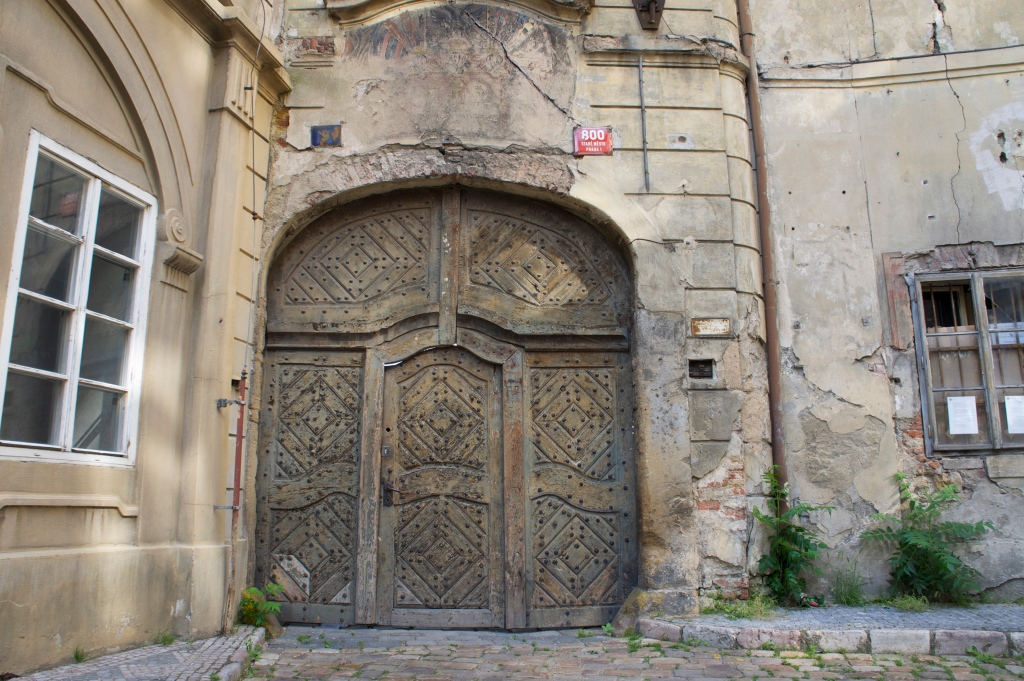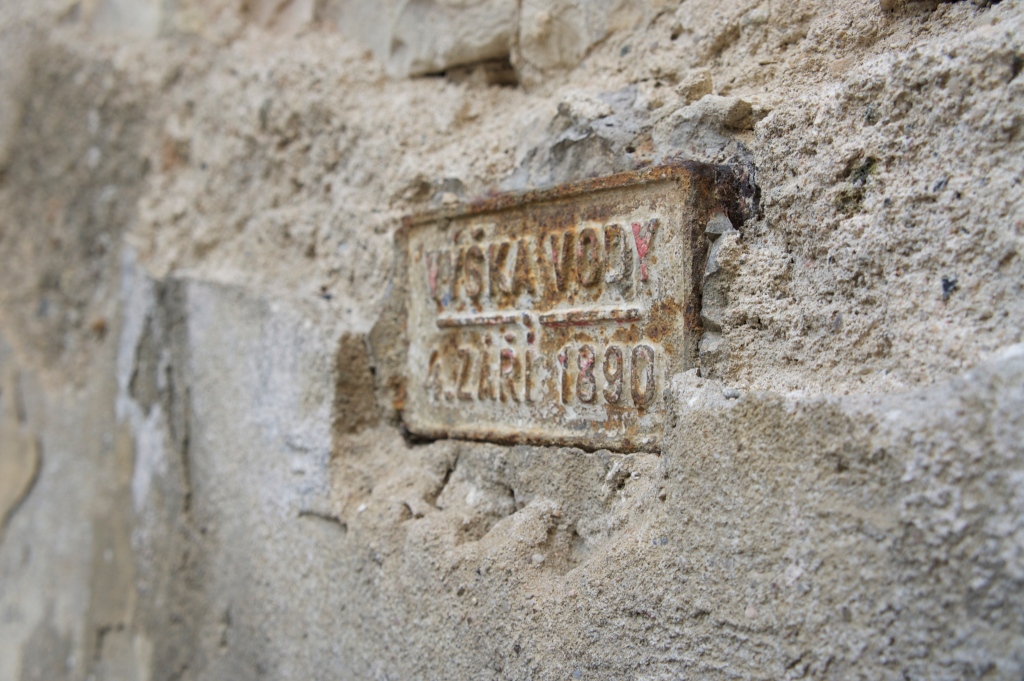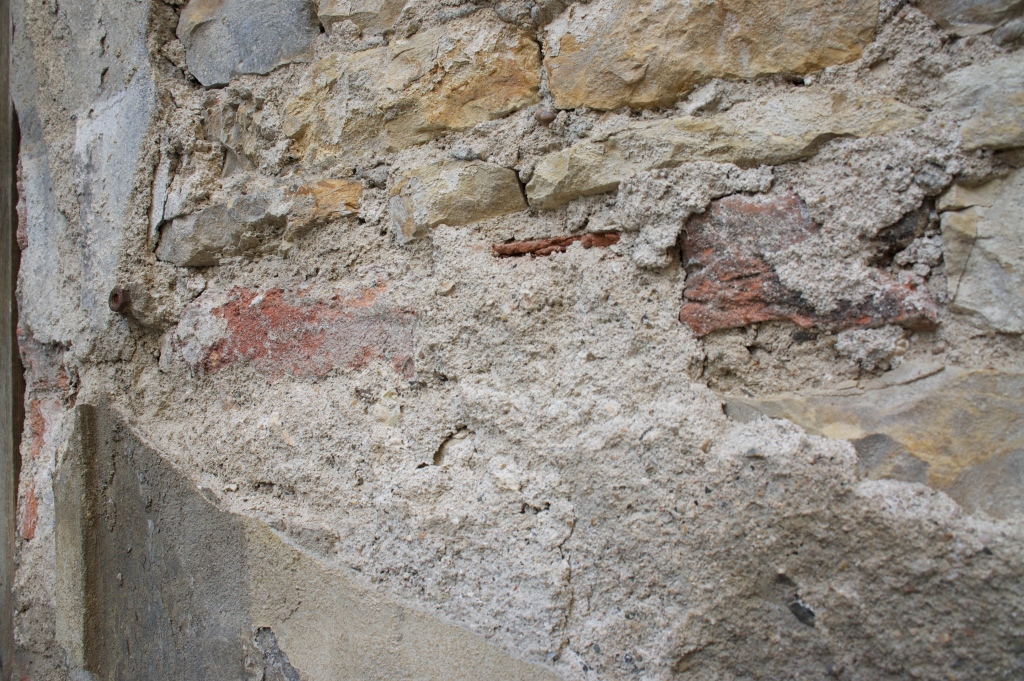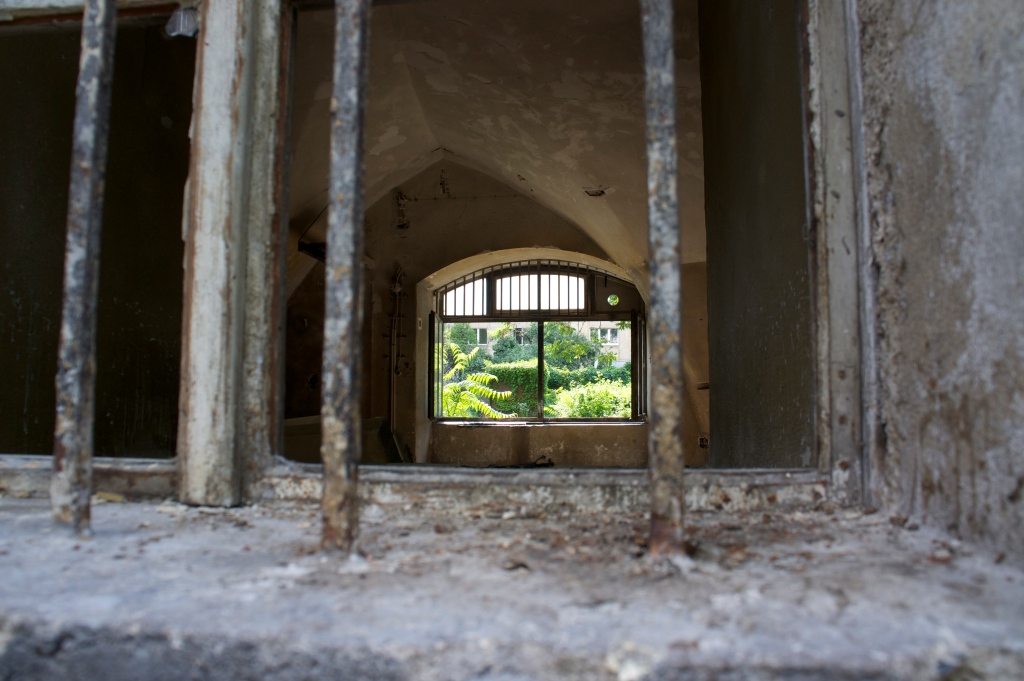A couple of days ago, I tweeted the title of this blog as a thought for the day. It’s a thought that’s been circling in back of my mind for quite a while.
From the off, let me say that I think awareness is really important. People need to know your product or issue exists and what it’s for. But campaigns should be more than a public service announcement. They should make things happen.
I can see why communicators are drawn to awareness. It’s measured in surveys and clicks, RTs and likes. These are metrics that can be measured in different ways, aggregated, weighted and, dare I say, manipulated?
Increased sales. Legislative change. Altered business practices. These are all outcomes that are reasonably objective. You either achieve them or you don’t. Campaigns that make these things happen aren’t centred on awareness.
From staging post to destination
At some point awareness moved from being a necessary condition for achieving a campaign’s goals, to a goal in itself. It became an end point.
Anecdotally, I think a lot of it is down to the rise of engagement and conversations. There are countless papers and articles about the need to engage with consumers, to have conversations and build deeper relationships. Again, all of this is true. I have no quarrel with it. Yet, somehow the purpose of all this engagement and all these conversations has been lost.
What good are strong relationships and positive experiences if they are fostered and then left to passively convert themselves into sales? Campaigns should build on that positivity and then inspire people to a specific action. Those that do will always be more successful than those that stop at a good conversation.
All of this is blindingly obvious. It’s communications 101. Yet for some reason it needs restating. So let’s build awareness and have the conversations, and then let’s cap it all off by creatively inspiring specific, positive actions.









